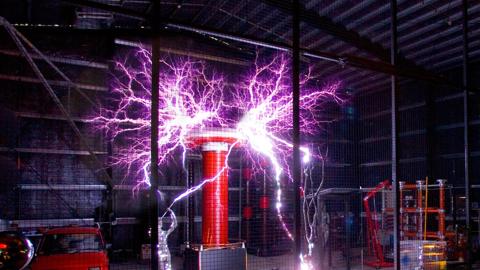What creates bushfire risk?
Terrain (topography)
A fire will burn faster uphill. This is because the flames can easily reach more unburnt fuel in front of the fire. Radiant heat pre-heats the fuel in front of the fire, making the fuel even more flammable.
For every 10˚ slope, the fire will double its speed. For example, if a fire is travelling at 5 km per hour along flat ground and it hits a 10˚ slope it will double in speed to 10 km per hour up the hill.
By increasing in speed the fire also increases in intensity, becoming even hotter.
The opposite applies to a fire travelling downhill. The flames reach less fuel, and less radiant heat pre-heats the fuel in front of the fire. For every 10˚ of downhill slope, the fire will halve its speed.
Fires tend to move more slowly as the slope decreases.
Vegetation (fuel)
- Grass can burn early and quickly on hot, dry, windy days.
- Branches, twigs and leaves dropped from shrubs and trees become fine fuels, which burn easily. These can give off far more heat when they burn
- Fibrous and dry tree bark can carry fire to treetops. The fire can then break away and spread further
- Dry branches, twigs and leaves and other fine fuels found on the ground can also burn easily.
Weather conditions
Bushfires are unpredictable and vary greatly according to weather conditions. They often start on hot, dry, windy days.
Temperature
A string of hot days dries out vegetation, making it easier to burn. This can be made even worse by underlying dry conditions caused by lack of rain.
The drier the vegetation the easier it will burn.
A fire spreads as a result of burning embers, radiant heat and direct flame contact.







